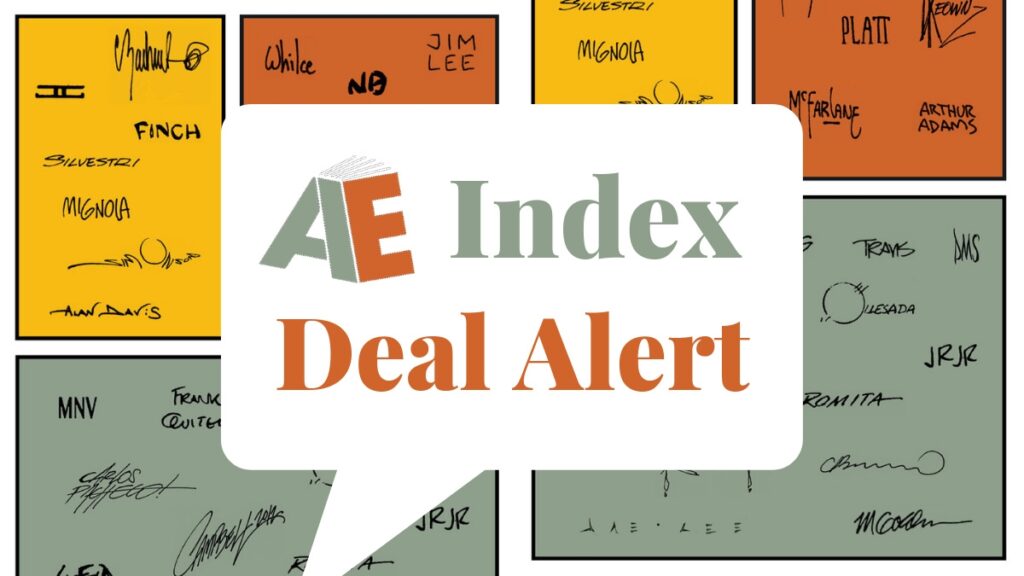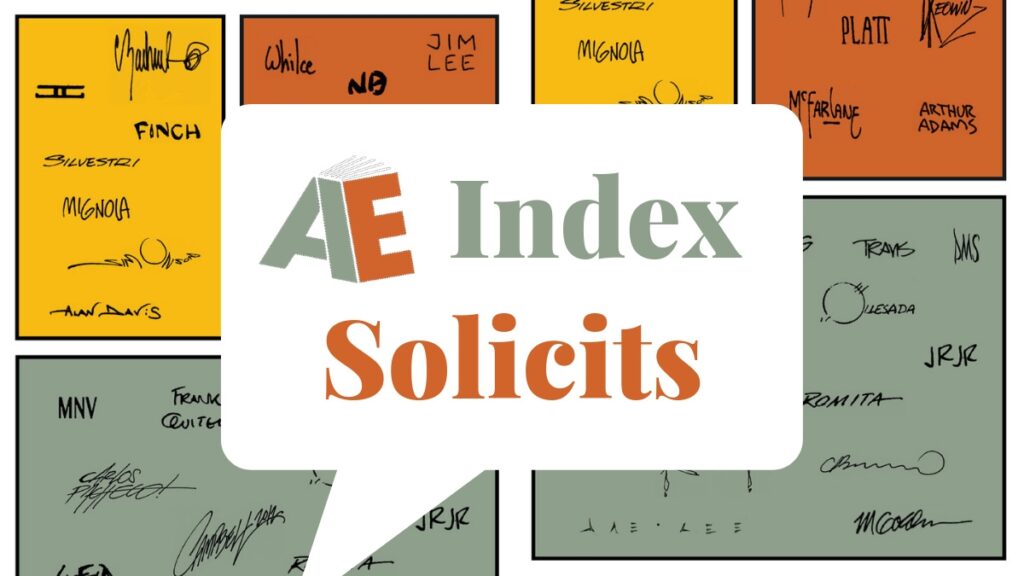To encourage and reward Patreon patronage of this site Scott Dunbier has graciously answered these AE related questions.
A longtime Marvel artist that has an extensive body of work is John Buscema, and it’s surprising we’ve only seen one AE book. Is his material too hard to find?
I have another one I have slowly been putting together, including an entire Avengers story and (if the planets align) a Sub-Mariner one. Fingers crossed.
I’m fully in the lettered artwork camp and have been pretty vocal. I appreciated the added lettering to the Frank Cho volume. Was that successful enough to pursue with other modern artwork?
It isn’t really a matter of “did this one sell enough,” more, it there something else out there that would sell well enough to do it… I would be open to doing it again, sure, if the project was right.
Has there been any thought given to doing any AE format books through Kickstarter? Things that may not be as commercially viable?
I have thought about it. Might try it at some point.
Thinking of the portfolio line, it seems there may be enough Warren material out there for a best of Warren AE, much like Best Of EC. Possibilities for one, or a volume three of Best of EC?
Possibly, I would not be against such a book.
What conventions are you attending this year?
For the rest of the year it’s just San Diego Comic-Con (where we will have a double artist’s dinner), and New York Comic-Con in early October. We will have a new—not yet announced—AE book released in time for the show.
The following are portfolio centric questions for use in my upcoming history article. As Patreon patrons you’re getting an early look.
How did the portfolio line come about? Why break off a portfolio line from the books just as releases were ramping up in 2012?
The portfolios came about because there were a number of things I wanted to do that did not really have any place to go. For instance, the Russ Heath one… I could not do a book dedicated to his Warren work (not enough around, nor a big enough demand), but it’s such a tremendous job that I really wanted to do something with it. The same goes for Neal Adams’ Thrill Kill and Wrightson’s Muck Monster. So portfolios seemed like a reasonable solution. But I don’t like traditional U.S. portfolios, the paper envelopes tear easily and are flimsy. Years ago I had picked up several European hardcover portfolios, one on Milo Manara and another on Charles Burns—so those were my inspiration on the portfolios.
How did a standard design for the line come about?
I asked Randy Dahlk to come up with it.
Why did the EC portfolio not use the standard design?
Because it was a different animal. Instead of being focused on one artist, there were, what, eight? It made sense to me to make it stand out a bit more.
Were you always planning on a standard design for the line, or decided on it after Dahlk did Muck Monster?
Honestly, I can’t remember. Sorry!
The AE books follow a price structure based on page dimensions, while the portfolio prices were less so. How was portfolio pricing determined?
The portfolios were difficult from the start, the pricing was all over the map based on the cost to produce them. The sales were not as high as the books (with a couple of exceptions) so they were not very profitable. In the end it just became a situation of too much work and too little return. While IDW grants me a TREMENDOUS amount of leeway on these books, I still need to be concerned with making a profit for my employer.
The line ended with a Toth portfolio solicited but not printed. Was the portfolio line a success?
Artistically, I like to think it was, but that’s more question for others to answer. Financially, so-so… see above.
Any anecdotes or thoughts about the Artist’s Edition Portfolios?
Sure, the Michael Golden GI Joe one was an interesting dilemma for me. The person who owned all the original art had an expert at comic art restoration remove all the pasted on lettering. It had been adhered with rubber cement and would eventually completely destroy the art. So it was removed and placed onto sheets of acetate to exactly match the original placement. Additionally, over time much of the lettering had fallen off and been lost, so the restoration person painstakingly recreated the original lettering—an amazing feat! I had to decide which version to run. On one hand, the point of an Artist’s Edition is to be able to read the story in this insane format, but, on the other hand, there was SO MUCH dialogue in this story that lots of Golden’s art had never actually bee seen before. And then I thought, “why not print both versions, do it double-sided?” Which is what eventually happened—I scanned the pages twice, once just the art, the other through the clear acetate. Turned out pretty good, I thought.
Questions and answers have been edited slightly for flow and continuity.




